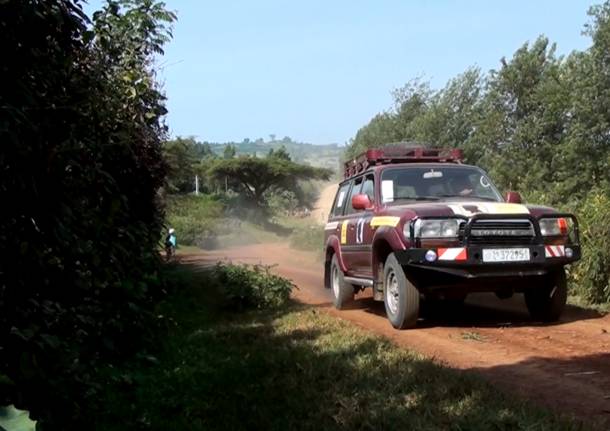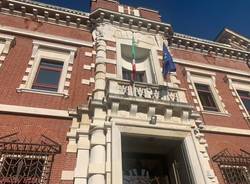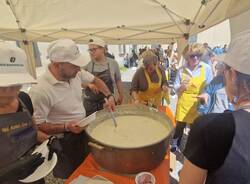In search of Bunna: trip in the Ethiopia of coffee, second part.
This is the second part of the trip in Ethiopia by Giancarlo Samaritani, known as ‘The coffee merchant’: among the Coffea arabica plants.

It is difficult to define ‘Travelling with the merchant’, the column of Varesenews based on the documents written by Giancarlo Samaritani, sales and marketing director of Chicco d’Oro Italy: a great voyage in the work of populations which we often ignore; they are connected to us, daily, with a double thread since the morning, that is every time we sip a cup of coffee. The first of the trips, concerning the discovering of worlds and populations, is in Ethiopia. This is the second of 4 contributions, of which the trip will be consisted.
Watch here all of the column’s articles
In the humidity of the rainforest, wild Coffea arabica plants grow spontaneously, keeping unchanged their primordial characteristics. Human interventions are not allowed, except for the manual harvesting of the fruit, which is free and represents a scant source of sustenance for the local inhabitants.
The plants, which develop in the spontaneous vegetation of the forest, give origin to forest coffee, meanwhile the plants cultivated around the habitations give origin to coffee gardens, whose grains assimilate floral, fruity and spiced flavours based on the plants with which they come in contact.
The farmers are the descendants of an indigenous ethnic group called oromo. It is believed that the oromo already made use of endemic plants including the Coffea. They certainly used the leaves to make decoctions and presumably used to chew the berries, so they involuntarily contributed to the spread of the seeds when they were taken as slaves to Harar and then boarded on ships to other destinations.
The Coffea arabica plants grow at altitudes ranging between 1200 and 2000 meters, they are located in the shade of tall trees that protect them from the sun and that is why they are called coffee mama in jargon.
In the period that goes from December to February the harvest of the fruits takes place, which is strictly by hand and essentially involves the whole community. The pickers remove the ripe cherries, selecting them if they are, leaving the green and yellow ones on the plant, therefore the harvesting times are lengthened until they last a few months.
The fruits that are collected in bags are then brought to the centres inside the plantations, where they are weighed and poured on mats to pass a second selection that roughly eliminates the broken and unripe fruits.
(End of the second part – to be continued)
TAG ARTICOLO
La community di VareseNews
Loro ne fanno già parte
Ultimi commenti
lenny54 su A Varese Salvini prova a ricucire passato e futuro della Lega, ma Bossi non c'è
PaoloFilterfree su A Varese Salvini prova a ricucire passato e futuro della Lega, ma Bossi non c'è
axelzzz85 su A Varese Salvini prova a ricucire passato e futuro della Lega, ma Bossi non c'è
elenera su A Varese Salvini prova a ricucire passato e futuro della Lega, ma Bossi non c'è
Roberto Colombo su A Varese Salvini prova a ricucire passato e futuro della Lega, ma Bossi non c'è
flyman su Quarant’anni di Lega e quelle scritte nel paese del “Capo“














Accedi o registrati per commentare questo articolo.
L'email è richiesta ma non verrà mostrata ai visitatori. Il contenuto di questo commento esprime il pensiero dell'autore e non rappresenta la linea editoriale di VareseNews.it, che rimane autonoma e indipendente. I messaggi inclusi nei commenti non sono testi giornalistici, ma post inviati dai singoli lettori che possono essere automaticamente pubblicati senza filtro preventivo. I commenti che includano uno o più link a siti esterni verranno rimossi in automatico dal sistema.